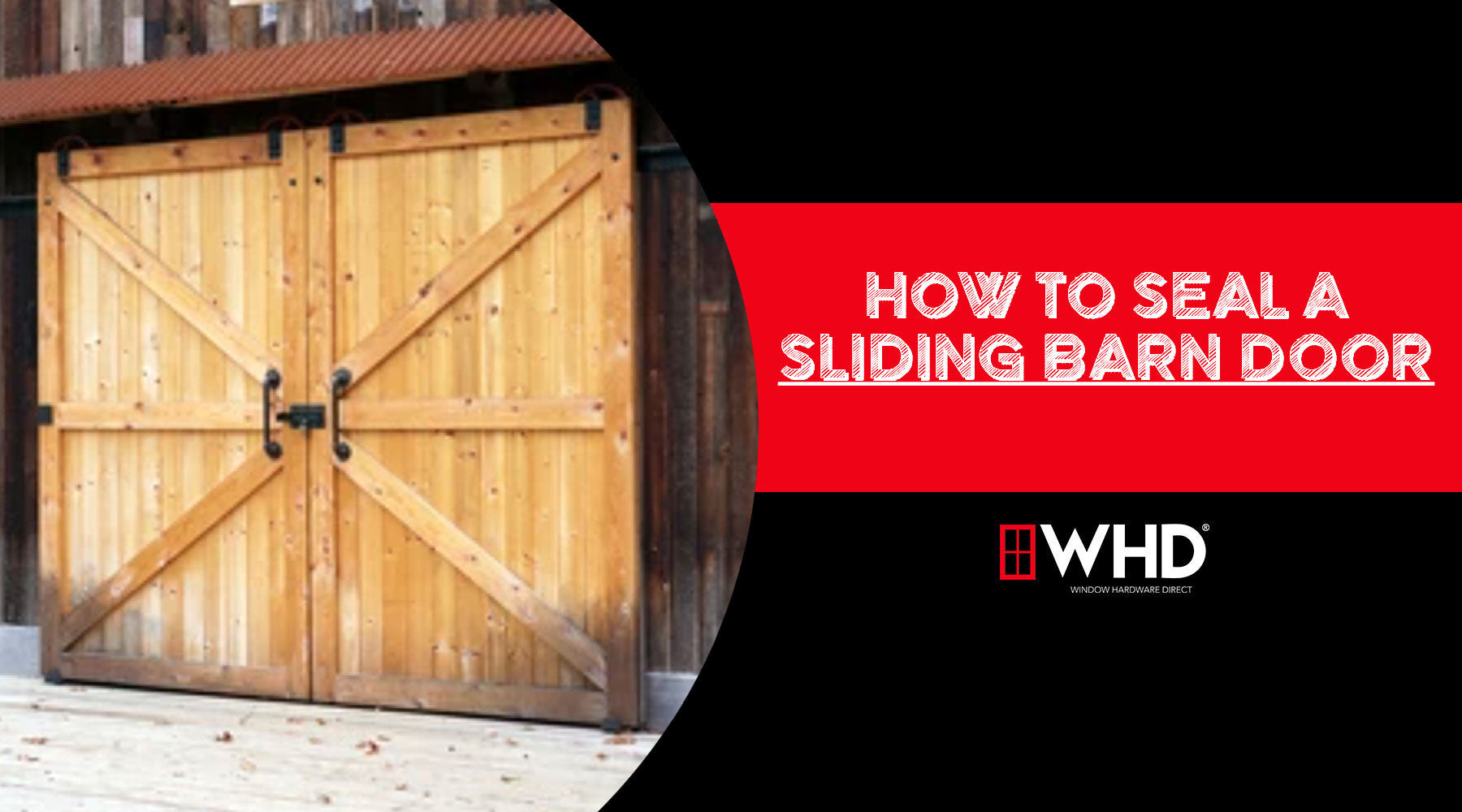
How to Seal a Sliding Barn Door: Q&A Guide
Why should I seal a sliding barn door?
Sealing a sliding barn door helps keep out drafts, dust, insects, and even unwanted light. Whether your barn door is used inside the home as a stylish room divider or outside for a shed or barn, proper sealing improves insulation, privacy, and overall energy efficiency.

What is the best way to seal a sliding barn door?
The best way to seal a sliding barn door depends on the location and purpose of the door. Common sealing methods include:
-
Weatherstripping around the edges to block drafts.
-
Door sweeps or brush seals at the bottom to prevent gaps.
-
Foam or rubber gaskets along the door frame for tighter closure.
-
Butyl tape for enhanced insulation.
When learning how to seal a sliding barn door, combining these methods usually delivers the best results.

How do I seal the gaps on the sides of a sliding barn door?
For side gaps, apply adhesive-backed weatherstripping or felt strips to the door frame. You can also use a wall-mounted barn door sealing kit designed specifically to close gaps without affecting the door’s sliding function.

How do I seal the bottom of a sliding barn door?
The bottom is one of the most common problem areas. A door sweep, brush seal, or threshold seal works well. These can be attached directly to the bottom of the barn door or mounted on the floor to reduce light, air, and pest intrusion.

Can I seal the top of a sliding barn door?
Yes. If there’s a visible gap at the top, consider using U-shaped weatherstripping or a sliding door top seal. Some homeowners also add decorative trim above the door, which doubles as a gap blocker.

What materials do I need to seal a sliding barn door?
Most sealing projects require:
-
Weatherstripping tape or foam
-
Door sweep or brush seal
-
Screws or adhesive
-
Measuring tape and scissors
-
Optional: caulk or sealant for stubborn cracks
Having these materials ready ensures you can complete the job quickly and effectively.

Can sealing a barn door improve energy efficiency?
Absolutely. Learning how to seal a sliding barn door is not just about blocking drafts—it can reduce heating and cooling costs by preventing conditioned air from escaping. This is especially useful for barn doors used in exterior settings or in homes with open floor plans.
Is sealing a barn door DIY-friendly?
Yes. Most sealing methods are simple, affordable, and require only basic tools. Even beginners can tackle this project in under an hour, making it a cost-effective home improvement.
Conclusion
If you’re wondering how to seal a sliding barn door, the key is to address gaps on all sides: top, bottom, and edges. With the right weatherstripping, door sweeps, and sealing accessories, you can enhance comfort, energy efficiency, and privacy while keeping your barn door stylish and functional. For more information or help ordering the correct insulation materials, Contact Us Today! The WHD Team will be happy to assist you.
